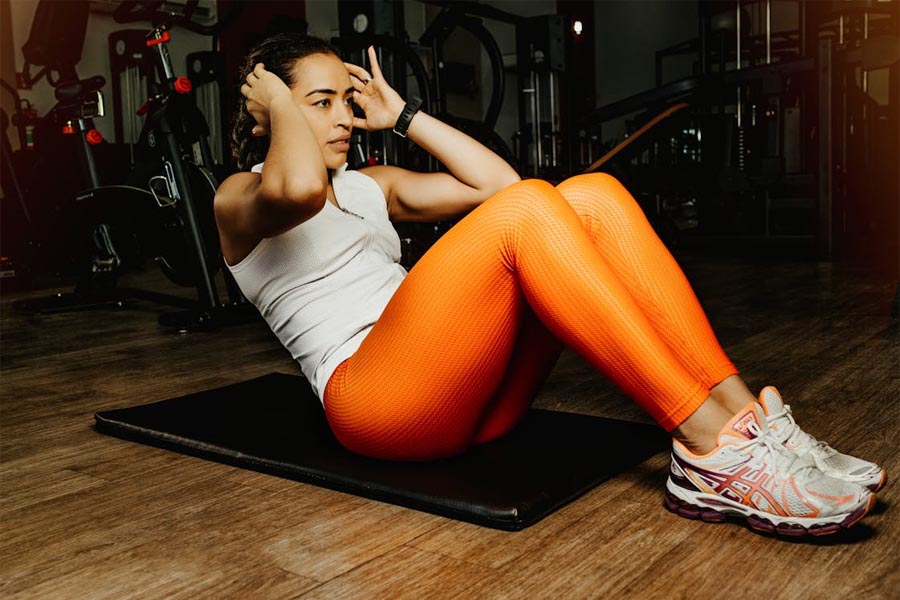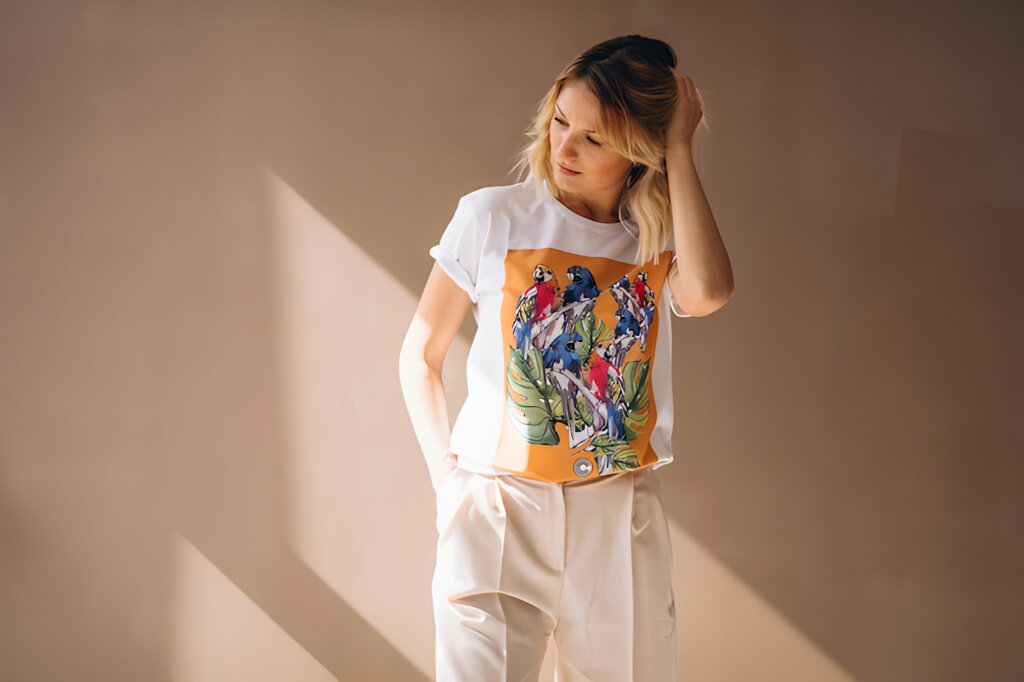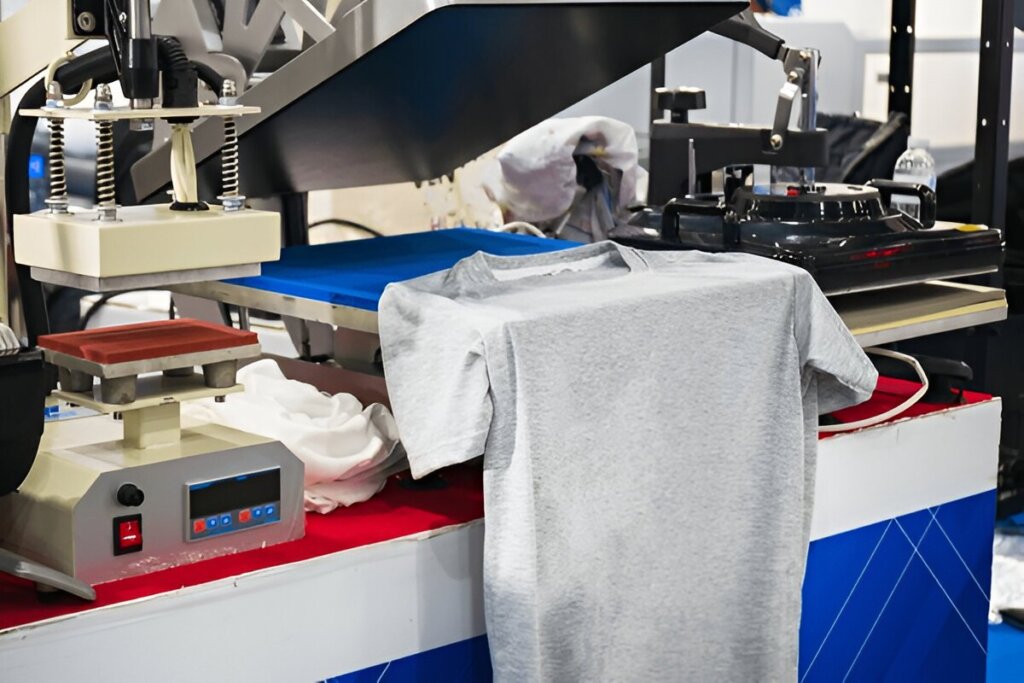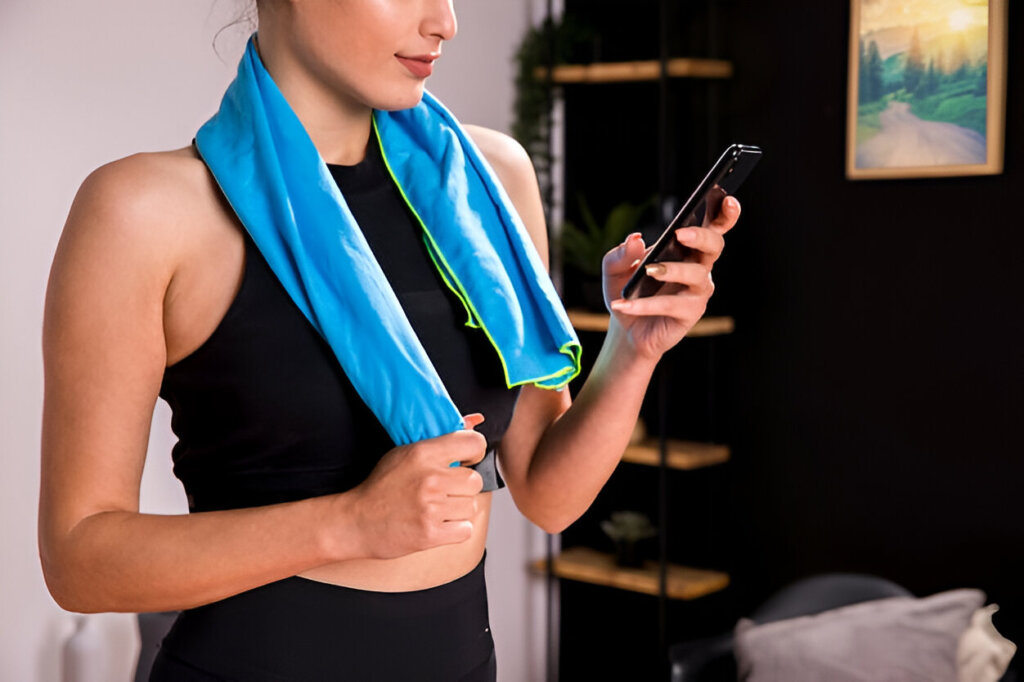Choosing the optimal fabrics underpins both the functionality and appeal of modern tracksuits. Tracksuits must combine performance features—such as moisture management and stretch—with enduring comfort for day-long wear. As a leading custom manufacturer, Ludyway leverages decades of textile expertise to advise brands on material selection, garment construction, and supply-chain optimization.
Understanding Tracksuit Fabric

Tracksuit fabrics vary widely, but core requirements remain consistent: they must retain warmth during warm-up, wick moisture during exertion, and maintain shape after repeated use. Technical weaves—scuba, interlock, and fleece knits—provide structure, while smooth jerseys and mesh panels improve ventilation. Every textile choice impacts drape, durability, and end-user satisfaction.
History of Tracksuits
Early versions appeared in the 1930s for athletic training, but it was the 1960s that saw explosion in synthetic blends—primarily nylon paired with polyester knits. The 1970s introduced velour and cotton-poly terry combinations, popularized by urban street culture. By the 1990s, athleisure cemented tracksuits as everyday wear, blending fashion with fitness. In the 2000s and 2010s, brands revisited retro styling, integrating modern performance fibers. Today’s tracksuits honor that heritage with cutting-edge textiles and sustainable innovations.
What Fabric Are Tracksuits Made From?
Manufacturers balance natural and synthetic fibers to deliver required performance. Key fabric categories include:
- Knit Synthetics: Nylon and polyester knits offer stretch, resilience, and rapid drying.
- Natural Blends: Cotton blends and bamboo fiber enhance comfort and breathability.
- Technical Coatings: Tencel and Gore-Tex membranes add moisture control and weather resistance.
- Insulating Fleece: Brushed backings trap air, providing warmth in cooler climates.
Factors to Consider When Choosing Tracksuit Fabric
- Comfort & Hand-feel: Softer yarns reduce friction during movement.
- Breathability: Perforated or mesh panels can improve airflow.
- Moisture Management: Fibers that transport sweat away from skin help regulate body temperature.
- Durability: High-tenacity weaves resist pilling, abrasion, and fading.
- Stretch & Recovery: Elastane content ensures garments maintain shape over time.
- Climate Suitability: Select fabrics rated for thermal regulation in target markets.
- Care Requirements: Machine-washable blends reduce end-user effort.
Common Tracksuit Materials
Nylon
Nylon’s high tensile strength and abrasion resistance make it a preferred shell fabric. It dries quickly and repels light moisture, perfect for windbreakers and rain-resistant styles.
Polyester
Polyester excels in wicking properties and dimensional stability. Brushed fleece backings or smooth tricot faces can be specified based on desired warmth and drape.
Spandex (Elastane)
With up to 20% stretch, spandex is typically blended at 5–10% to impart flexibility without compromising fabric integrity.
Cotton Blends
Cotton-poly blends combine natural softness with synthetic resilience. Ideal for casual tracksuits, they offer a balanced weight and hand-feel.
Fleece
High-loft polyester fleece traps air for insulation. Anti-pill treatments extend garment lifespan and maintain the plush appearance.
Tencel
Regenerated cellulose fibers provide moisture absorption and a smooth, drapey hand. Tencel tracksuits are breathable and fully biodegradable.
Wool Blends
Merino-wool blends deliver natural odor resistance and temperature regulation but require delicate care instructions.
Polypropylene
Used primarily in base layers, it offers full hydrophobic performance—sweat beads on the surface and rolls off.
Bamboo Fiber
Bamboo knits are ultra-light, UV-resistant, and naturally antimicrobial—beneficial for extended wear.
Advanced and Sustainable Options
Eco-conscious brands increasingly adopt recycled polyester and bio-based nylon—reducing carbon footprint without sacrificing performance. Ludyway’s sourcing team secures GRS-certified recycled yarns and transparent supply chains, ensuring traceability from raw material to finished garment.
How to Choose the Right Fabric
Select materials based on activity profile and climate. For high-intensity training, prioritize polyester-spandex blends with mesh ventilation panels. For cool-weather loungewear, opt for mid-weight fleece with Tencel linings. Ludyway’s expert consultants provide in-depth swatch analysis and performance testing to tailor fabric choices to your brand’s specifications.
Integrating Custom Tracksuit Services
Brands partnering with Ludyway benefit from:
- Flexible MOQs—launch small collections confidently.
- End-to-end production—from fabric sourcing to quality control.
- Design collaboration—iterate prototypes until your vision is realized.
- Custom Sports Clothing Manufacturer
- Custom Hoodie Manufacturer
- Custom Cut and Sew Manufacturer
- Custom T-Shirt Manufacturer
- Custom Swimwear Manufacturer
FAQs
How do tracksuits differ from sweatsuits?
Tracksuits prioritize engineered fabrics and performance cuts; sweatsuits emphasize softness and casual fit.
Why is it called a tracksuit?
Originally designed to warm up on the running track, featuring zip-up jackets and elastic waistbands.
Are tracksuits still on trend?
Yes—athleisure remains a dominant category in 2025, merging technical performance with street-wear aesthetics.
Conclusion

Material choice defines a tracksuit’s performance, comfort, and brand narrative. Through collaborative design, rigorous testing, and comprehensive sourcing, Ludyway’s custom tracksuit services empower brands to deliver exceptional garments. From recycled yarns to advanced blend technologies, we guide every decision—ensuring your collection stands out in a competitive market.












